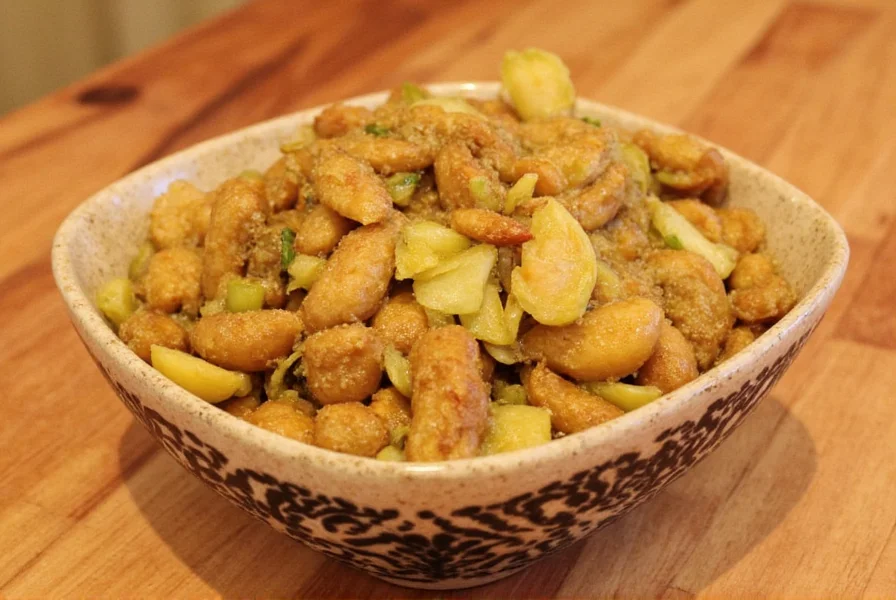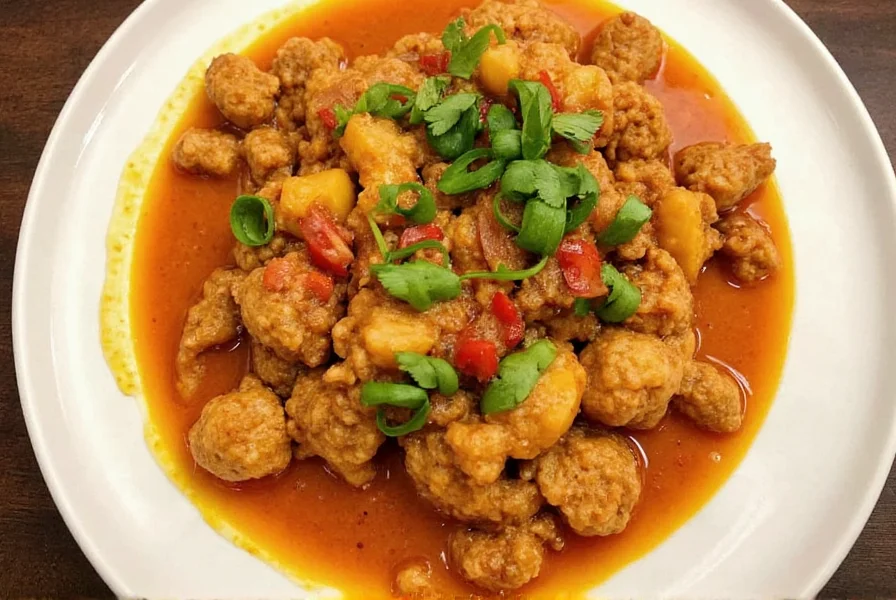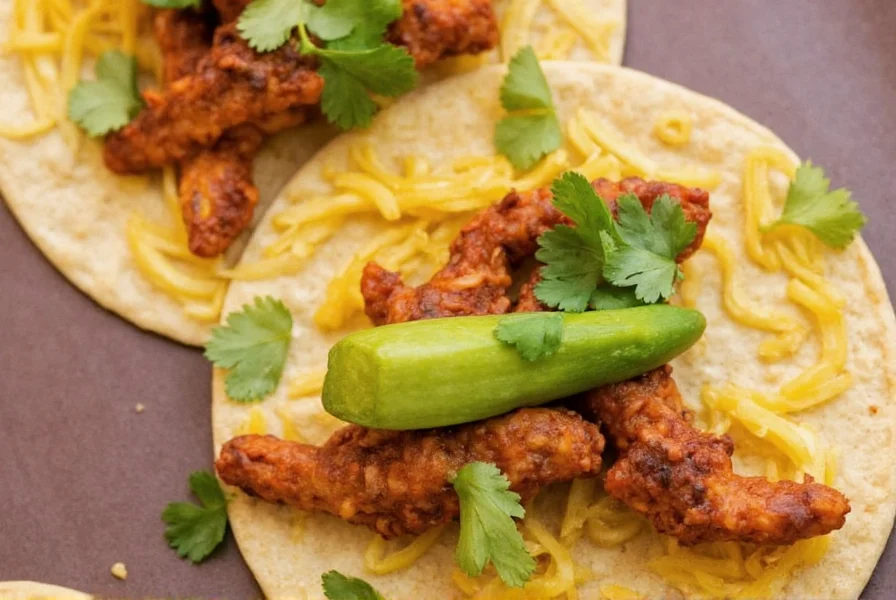While exploring the vibrant world of Mexican flavors, many home cooks and chefs wonder about the role of ginger in this rich culinary tradition. The truth is that ginger (Zingiber officinale) originated in Southeast Asia and made its way to the Americas through colonial trade routes, arriving long after Mexico's foundational spice palette had been established.
The Historical Context of Spices in Mexican Cuisine
Mexican cooking developed its distinctive flavor profile over thousands of years, with indigenous civilizations cultivating ingredients like chocolate, vanilla, and numerous chili varieties. When Spanish colonizers arrived in the 16th century, they introduced European and Asian spices including cinnamon, cloves, and black pepper—but ginger never became a staple in traditional Mexican cooking.
Unlike in Asian or Caribbean cuisines where ginger features prominently, Mexican culinary traditions developed without this rhizome. The confusion often arises because both Mexican and Asian cuisines use bold, complex flavors, leading some to assume ginger must be part of authentic Mexican recipes.
Modern Mexican Fusion: Where Ginger Shines
Contemporary chefs have discovered exciting ways to blend ginger with Mexican flavors, creating innovative fusion dishes that honor both traditions. This culinary marriage works particularly well because ginger's citrusy heat complements the earthy warmth of Mexican spices.
| Dish Type | Ginger Application | Traditional Pairings |
|---|---|---|
| Mole sauces | Grated fresh ginger adds complexity | Chocolate, ancho chilies, sesame seeds |
| Marinades | Ginger-lime blends for meats | Garlic, cumin, orange juice |
| Salsas | Finely minced in fruit salsas | Mango, pineapple, jalapeño |
| Beverages | Ginger in agua fresca variations | Lime, hibiscus, tamarind |
Three Creative Ways to Use Ginger in Mexican-Inspired Cooking
1. Ginger-Infused Mole
Adding a small amount of fresh ginger (about 1 tablespoon grated per serving) to traditional mole negro creates an unexpected depth. The ginger complements the chocolate and chilies without overpowering them. For best results, sauté the ginger with the onions and garlic at the beginning of your mole preparation.
2. Tropical Ginger Salsa
This refreshing salsa combines 1 cup diced mango, ½ cup diced pineapple, ¼ cup finely minced red onion, 1-2 tablespoons fresh ginger (to taste), 1 minced jalapeño, and juice of 1 lime. Let the mixture rest for 30 minutes before serving with grilled fish or chicken. The ginger adds a bright note that enhances the tropical fruits while connecting to Mexican flavors.

3. Citrus-Ginger Marinade for Carnitas
Transform traditional carnitas with a marinade of 3 tablespoons fresh ginger (grated), ¼ cup orange juice, 2 tablespoons lime juice, 3 minced garlic cloves, 1 teaspoon cumin, and salt. Let pork shoulder marinate for at least 4 hours before slow-cooking. The ginger adds a subtle warmth that complements the citrus and spices.
Understanding Flavor Compatibility
Ginger works well with Mexican ingredients because of shared flavor compounds. Both ginger and certain chilies contain zingerone, creating a natural flavor bridge. Additionally, ginger's citrus notes harmonize with the lime and orange elements common in Mexican cooking.
When experimenting with ginger in Mexican dishes, remember these guidelines:
- Start with small amounts (½-1 tablespoon per serving) as ginger can quickly dominate
- Use fresh ginger rather than dried for brighter flavor
- Pair with fruit-based salsas or chocolate-based sauces where its sweetness shines
- Avoid using ginger in traditionally pure Mexican dishes like pozole or chiles en nogada
Respecting Culinary Traditions While Innovating
It's important to distinguish between authentic Mexican cuisine and creative fusion. Traditional Mexican cooking represents centuries of cultural development, while fusion cooking celebrates innovation and cross-cultural exchange. When incorporating ginger into Mexican-inspired dishes, acknowledge both traditions respectfully.
Many contemporary Mexican chefs, particularly those working outside Mexico, have embraced ginger as part of their creative palette. Chef Enrique Olvera of Pujol in Mexico City occasionally features ginger in modern interpretations of traditional dishes, demonstrating how even established culinary traditions can evolve thoughtfully.
Practical Tips for Home Cooks
If you're experimenting with ginger in Mexican cooking at home, consider these practical tips:
- Peel ginger with a spoon for minimal waste
- Freeze peeled ginger for easy grating when needed
- Make a ginger simple syrup for Mexican-inspired cocktails
- Combine ginger with achiote for vibrant marinades
- Use ginger in place of a portion of the garlic in salsas for a different flavor dimension

Conclusion
While ginger doesn't belong to Mexico's traditional spice cabinet, its incorporation into modern Mexican fusion cooking demonstrates cuisine's beautiful evolution. By understanding both the historical context and contemporary applications, cooks can thoughtfully blend these flavor traditions. The key is respecting authentic Mexican cuisine while enjoying creative experimentation—using ginger not to replace traditional flavors, but to enhance and complement them in new and exciting ways.
Frequently Asked Questions
Is ginger used in traditional Mexican cooking?
No, ginger is not part of traditional Mexican cuisine. Authentic Mexican cooking developed with native spices like chilies, cumin, oregano, and epazote. Ginger originated in Asia and arrived in Mexico through colonial trade routes but never became a staple ingredient in traditional recipes.
What Mexican dishes work well with ginger?
Ginger complements Mexican fruit salsas (especially with mango or pineapple), mole sauces, citrus-based marinades, and certain agua fresca variations. It works particularly well in dishes where its citrusy notes can enhance traditional ingredients without overpowering them.
How much ginger should I use in Mexican fusion recipes?
Start with small amounts—typically ½ to 1 tablespoon of fresh grated ginger per serving. Ginger can quickly dominate other flavors, so it's best to add gradually and taste as you cook. Remember that its flavor intensifies during cooking, so you may need less than you initially think.
Can I substitute ginger for other spices in Mexican recipes?
Ginger shouldn't replace core Mexican spices like cumin or oregano in traditional recipes. Instead, use it as a complementary ingredient in fusion dishes. In some applications, you might substitute a small portion of garlic with ginger for a different flavor dimension, but it shouldn't completely replace traditional spice profiles.
Why does ginger work well with Mexican flavors?
Ginger shares flavor compounds with certain chilies (zingerone) creating a natural connection. Its citrus notes also harmonize with the lime and orange elements common in Mexican cooking. The spicy-sweet profile of ginger complements the earthy warmth of traditional Mexican spices without overwhelming them when used thoughtfully.











 浙公网安备
33010002000092号
浙公网安备
33010002000092号 浙B2-20120091-4
浙B2-20120091-4